
Bajaj Pulsar NS200 FI India Bound
- Jun 12, 2019
- Views : 24644

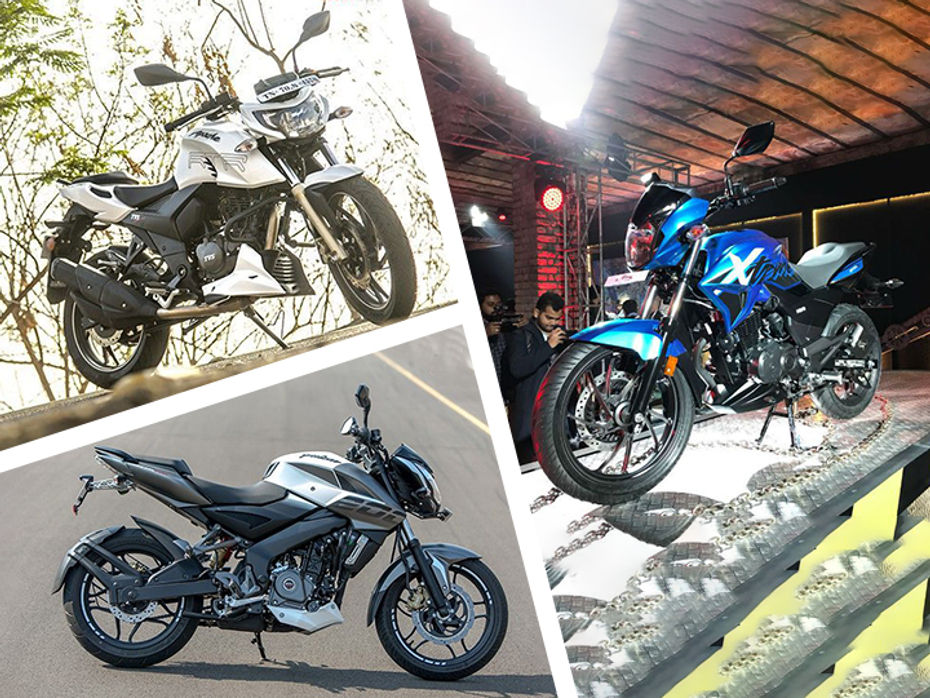
Hero MotoCorp has managed to create lot of buzz regarding its flagship, the Xtreme 200R. It however has to stand up against a segment filled with formidable competitors. So, how does it fare against them? To find out, we pit them against each other… on paper.
Engine -
Powering Hero's new flagship the Xtreme 200R, is an all-new 199.6cc air-cooled, single-cylinder motor. This mill churns out 18.4PS of power at 8000rpm and 17.1Nm of torque at 6500rpm, mated to a 5-speed gearbox. While it may not seem too much on paper, it does make peak torque lower in the rev range. We are expecting the Xtreme 200R to perform well in city riding conditions.
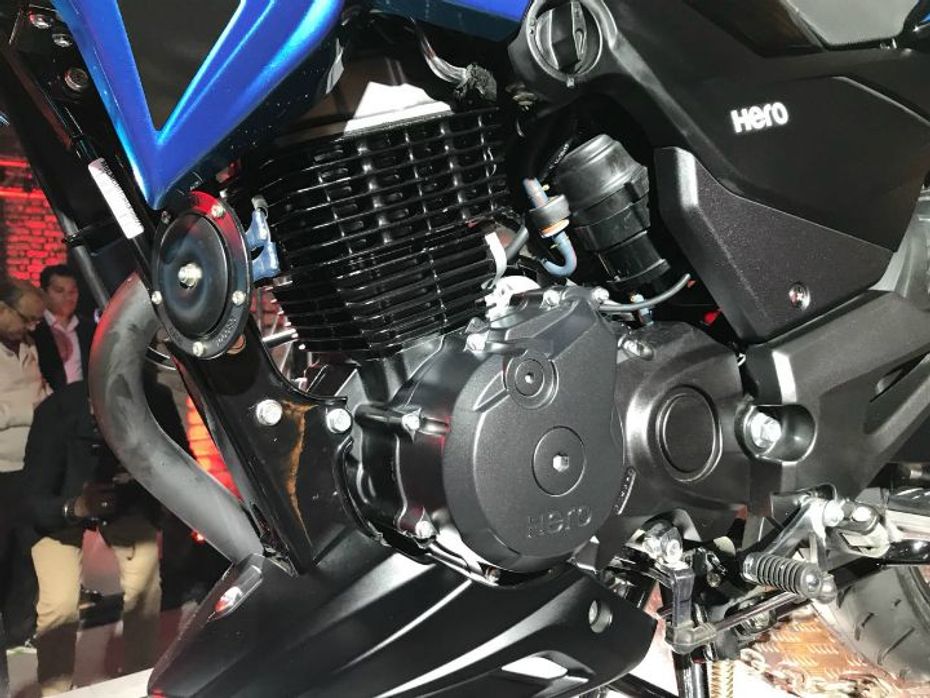
Its closest competitor, the Bajaj Pulsar NS200, is powered by a 199.5cc, single-cylinder, liquid-cooled engine which churns out 23.52PS of power at 9500rpm and 18.3Nm of torque at 8000rpm, mated to a 6-speed gearbox. This engine is quick to rev and offers a healthy shove above 5000rpm that remains unabated till the redline. It is also grunty enough to pull away cleanly from as low as 30kmph in fifth gear.
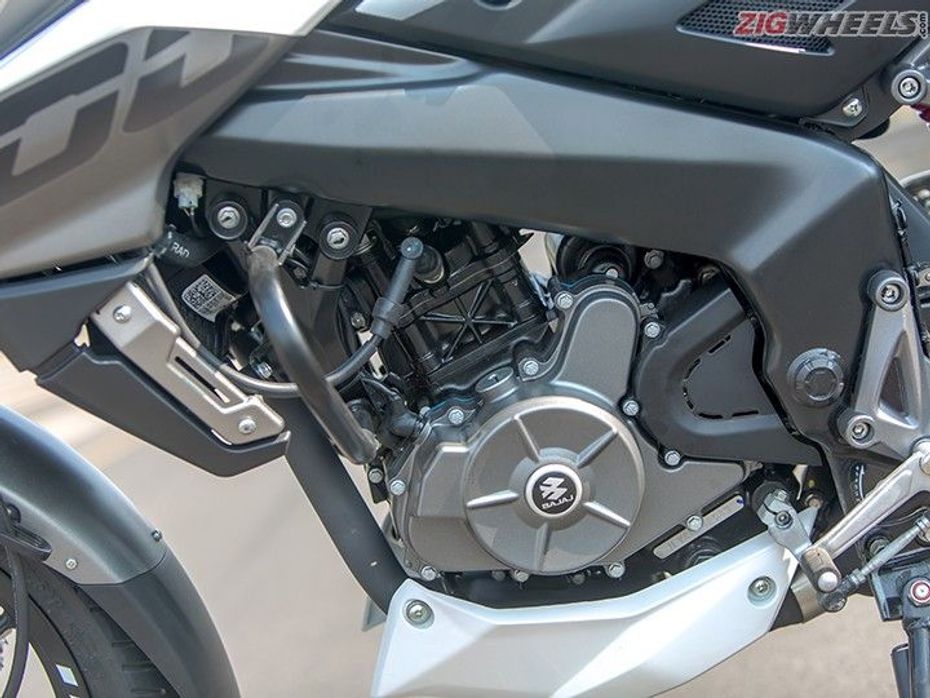
The TVS Apache RTR 200 4V, on the other hand, is offered in two variants: carburettor and FI. Both are powered by a 197.75cc, single-cylinder, air-cooled engine. The carb version produces 20.05PS of power and the FI version produces 21PS of power at 8500rpm, while the 18.1Nm of torque at 7000rpm remains the same. Transmission duties on both the bikes are handled by a 5-speed gearbox. The carbureted bike offers better bottom-end torque delivery while the FI version feels smoother and more linear to ride as it offers a much wider torque spread across the rev band.
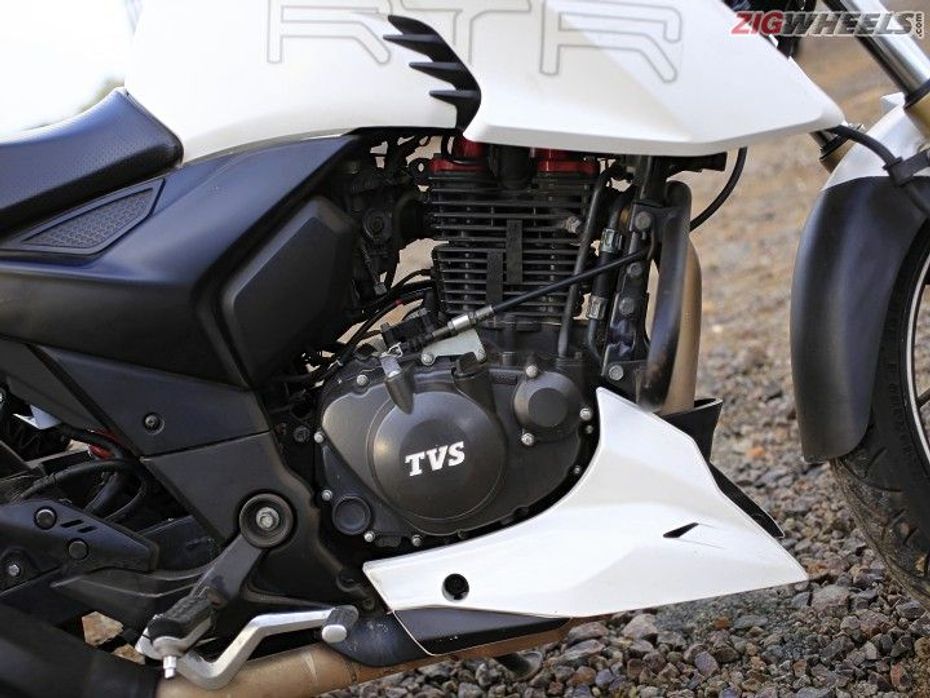
On paper, the Bajaj Pulsar NS200 offers more power, although just marginally. It wins the first round, with the RTR 200 coming at a close second.
Features -
Hero has equipped the Xtreme 200R with halogen headlamps and LED DRLs at the front. Its semi-digital instrument cluster with blue backlighting is taken straight from the concept shown at the 2016 Auto Expo, with the tachometer on the left and the digital display on the right. It displays basic information readout like odometer, fuel range and a clock. Just over it lies the ABS, neutral and battery indicator.

The Bajaj Pulsar NS200 also packs a halogen headlamp that offers good nighttime visibility, but misses out on LED DRLs or LED tail lamps. It also gets a semi-digital instrument cluster which displays limited amount of information like the odometer, a clock, fuel range and service indicator. It also misses out on a gear indicator. Bajaj has also equipped the NS200 with clip-on handlebars for a sportier riding stance.

The TVS Apache RTR 200 4V does not lag behind when it comes to features. It packs boomerang-shaped LED DRLs, clip-on handlebars and a fully digital instrument console that is loaded with information such as a lap timer, acceleration timer, fastest speed recorder, service indicator and gear indicator.

The Apache’s more informative instrument console helps it in edging past its competitors slightly.
Underpinnings -
The Xtreme 200R utilizes a diamond-type chassis suspended on 37mm conventional telescopic front forks and a rear monoshock, the latter being the first for any motorcycle in Hero's lineup. Braking duties are taken care of by a 276mm disc at the front and a 220mm rear disc with single-channel ABS as an optional extra. It tips the scale at 146kg (kerb). The 100/80 front and 130/70 alloy wheels come wrapped in radial tyres.
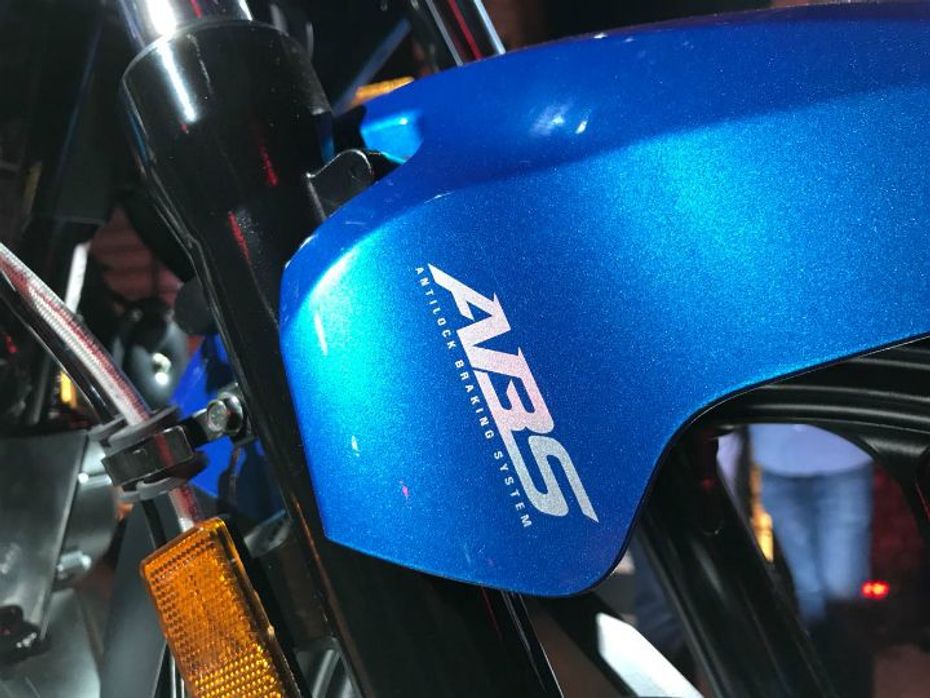
Its competitor, the Bajaj Pulsar NS200, uses a perimeter frame. This frame is more rigid, allowing for more stable and agile handling characteristics. Suspension duties are handled by telescopic forks at the front and a nitrox monoshock unit at the back. Braking is handled by a single 300mm front disc and a 280mm rear disc with optional single channel ABS on offer. It tips the scale at 152kg (kerb). Bajaj has equipped the NS200’s 17-inch (100/80 front and 130/70 rear) alloy wheels with MRF Zapper tyres.
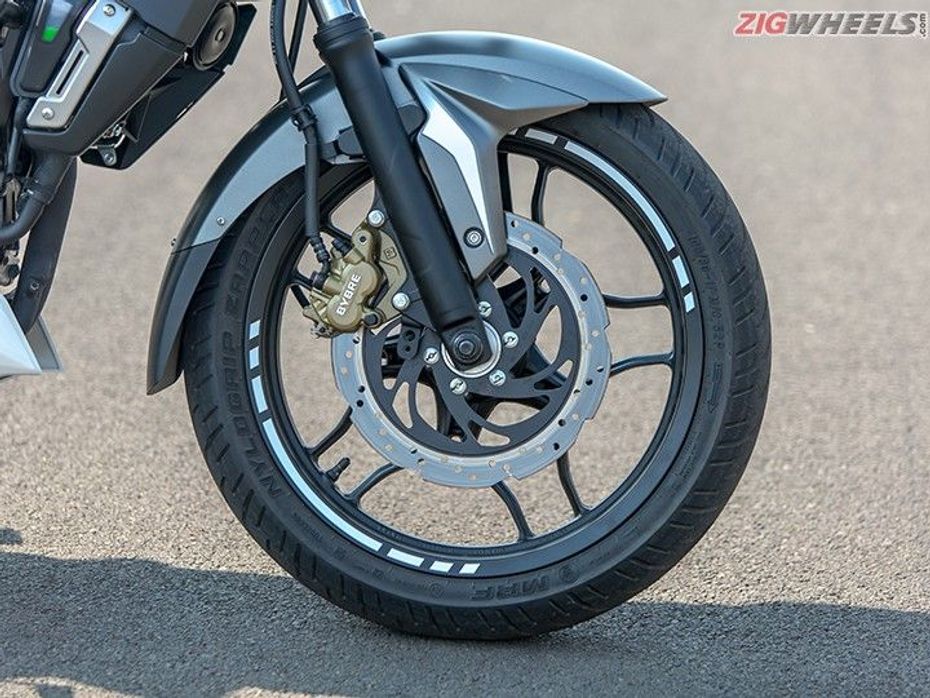
TVS has equipped the Apache RTR 200 4V with a double cradle split frame. Telescopic front forks and a rear monoshock damper handle suspension duties. Braking is via a single 270mm front petal disc and 240mm rear petal disc. The Apache is the only bike here that offers dual-channel ABS. However, you can only get it on the carb version for now. The RTR 200 weighs 149kg (kerb). It comes with TVS Remora tyres, with Pirelli tyres as an option for its 17-inch 90/90 front and 130/70 rear.
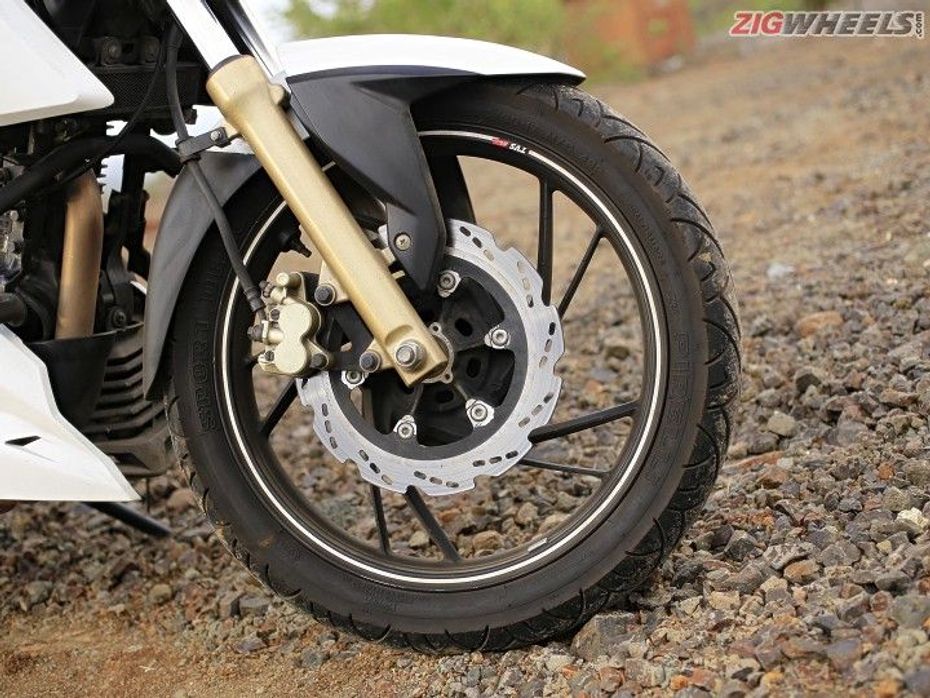
The Apache RTR 200 offers dual-channel ABS at a competitive price point while the NS200 gets a perimeter frame which provides more stable and agile handling. Let’s call it a draw between these two.
Pricing-
Hero hasn't announced the pricing of the Xtreme 200R, but we are expecting it to be around Rs 90,000 for the standard variant and Rs 95,000 for the ABS variant. The Xtreme 200 is expected to be the most affordable bike in its segment.
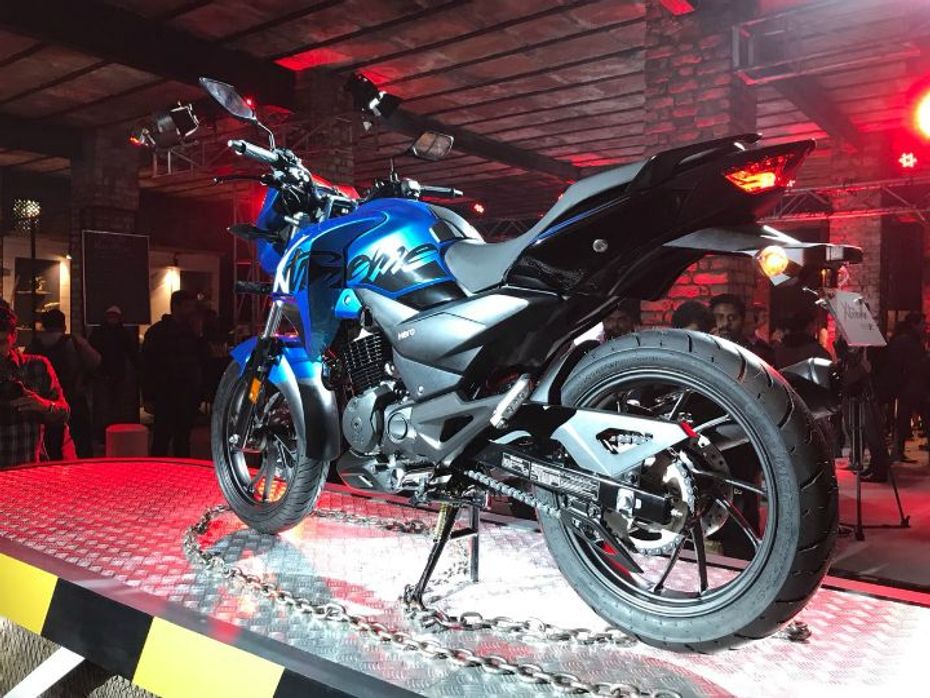
The Bajaj Pulsar NS200 is priced at Rs 97,715 for the standard variant and Rs 1,09,715 for the ABS variant.

The Apache RTR 200 4V Carb is priced at Rs 93,685, the Apache RTR 200 Fi4V at Rs 1,06,385, while the Apache RTR 200 4V Carb ABS is priced at Rs 1,06,585 (all ex-showroom Delhi).


Bajaj Pulsar NS200 FI India Bound

2017 Bajaj Pulsar NS 200: Road Test Review

TVS Apache RTR 200 Fi vs Carb Comparison Road Test Review

Hero Xtreme 200R Unveiled

Bajaj Pulsar NS 200 vs TVS Apache RTR 200: Comparison Road Test Review

Here’s How The New MT-15 Fares Against The Baby Duke

Comparison review: Bajaj Pulsar NS 160 vs Honda CB Hornet 160R

Bajaj Pulsar NS160 vs Honda CB Hornet 160R vs Suzuki Gixxer vs Yamaha...

The Quarter-litre Naked Brawl

BS6 vs BS4 TVS Apache RTR 200 4V: Difference Explained In Pictures
 TVS Apache RTR 200 4V
TVS Apache RTR 200 4V
 Yamaha R15S
Yamaha R15S
 Bajaj Pulsar NS160
Bajaj Pulsar NS160
 Bajaj Pulsar 220 F
Bajaj Pulsar 220 F
 Yamaha MT 15 V2.0
Yamaha MT 15 V2.0
India's largest automotive community
 Bajaj Pulsar 125
Rs. 83,846
Bajaj Pulsar 125
Rs. 83,846
 Bajaj Pulsar NS 125
Rs. 1.01 Lakh
Bajaj Pulsar NS 125
Rs. 1.01 Lakh
 Bajaj Pulsar NS160
Rs. 1.47 Lakh
Bajaj Pulsar NS160
Rs. 1.47 Lakh
 Bajaj Pulsar N160
Rs. 1.33 Lakh
Bajaj Pulsar N160
Rs. 1.33 Lakh
 Bajaj Pulsar 150
Rs. 1.10 Lakh
Bajaj Pulsar 150
Rs. 1.10 Lakh
 Bajaj Chetak
Rs. 1.20 Lakh
Bajaj Chetak
Rs. 1.20 Lakh
![Bajaj Chetak [2020 - 2024] Bajaj Chetak [2020 - 2024]](https://media.zigcdn.com/media/model/2024/Sep/bajaj-chetak-2025-right-side-view_135x90.jpg) Bajaj Chetak [2020 - 2024]
Rs. 99,998
Bajaj Chetak [2020 - 2024]
Rs. 99,998